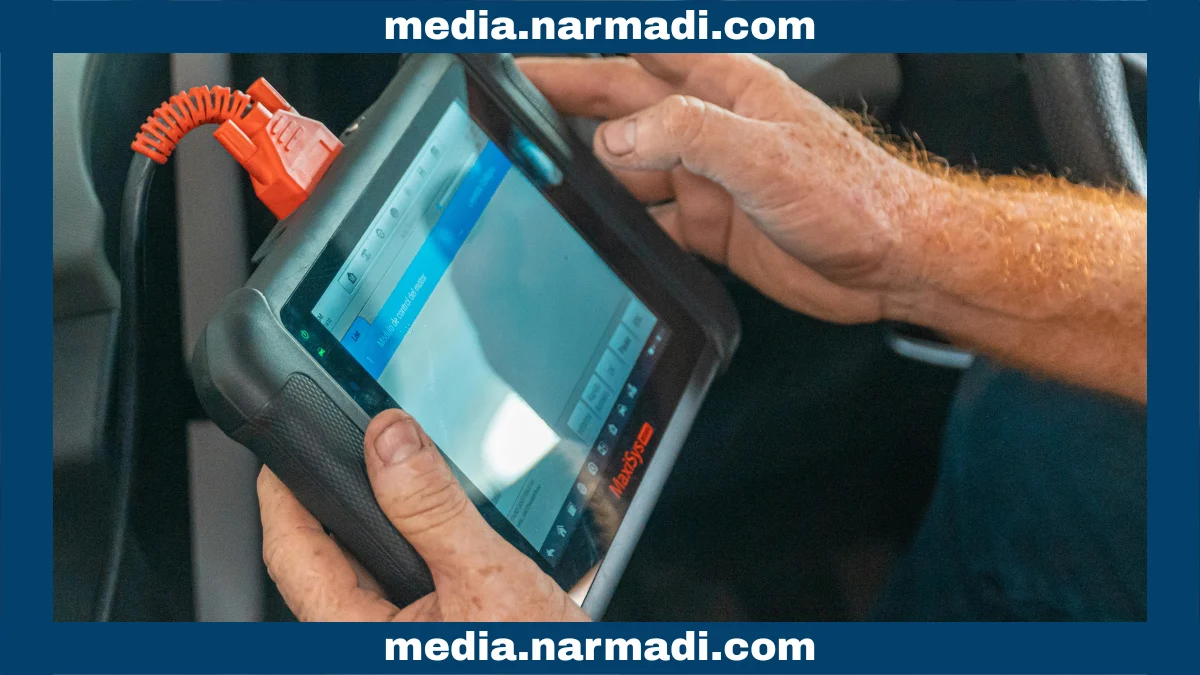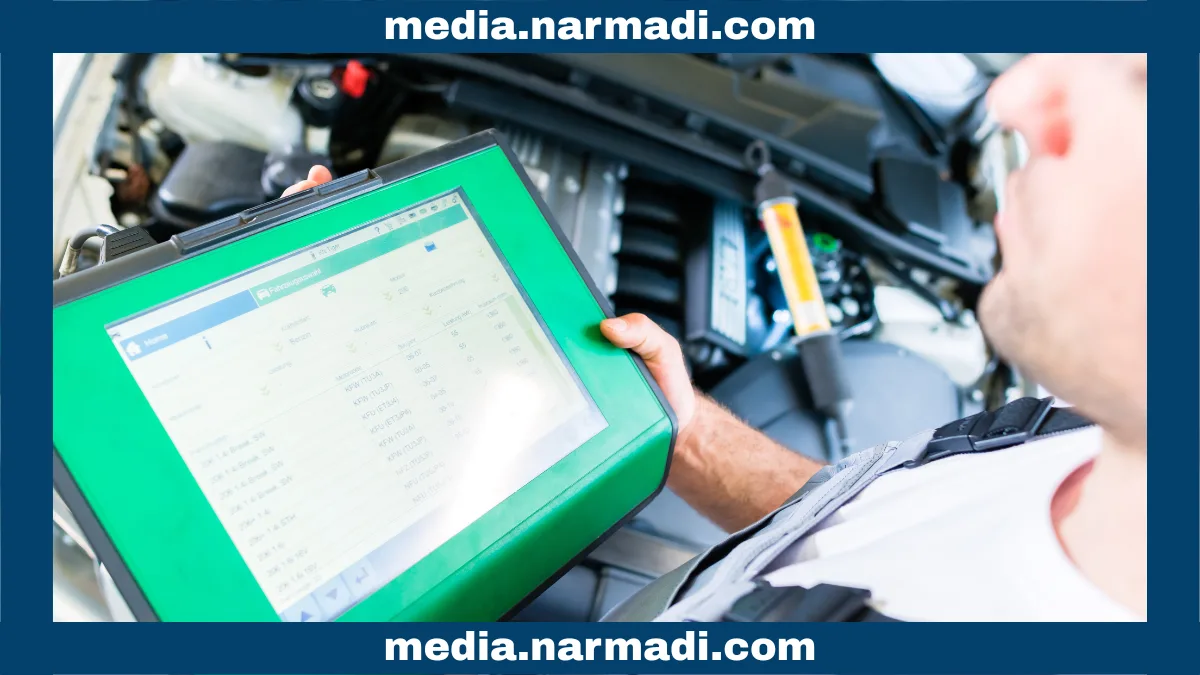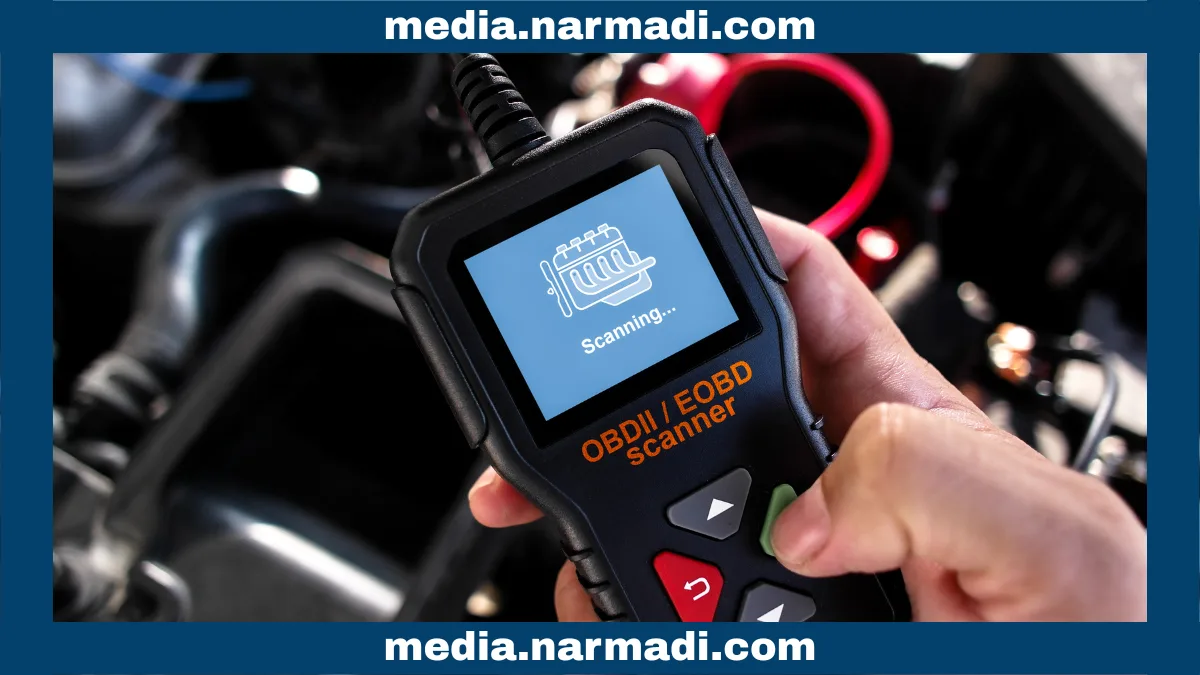Nowadays, it is no longer difficult to check the condition of your car. Through the dashboard, you can read fuel consumption, engine temperature, and even emission sensor performance using a car diagnostic tool.
Not only can you check the condition of your car, but with a car diagnostic tool, you can also detect damage more quickly and save on service costs. Are you familiar with this tool? This article will provide information about car diagnostic tools, starting from their definition, how they work, their functions, types, and regulations.
What is a Car Diagnostic Tool?

A car diagnostic tool is an electronic device used to check and detect problems in the On-Board Diagnostic (OBD) system of modern cars. This tool translates error codes from the OBD to help technicians or car owners identify the root cause of the problem.
Information on fault codes, ranging from faulty sensors, injection problems, to emission system errors, can be read through a car diagnostic tool via sensors and components in the car. Some types of tools, such as OBD2, have live data features to determine fuel consumption, thermal efficiency, and engine performance.
How Does a Car Diagnostic Tool Work?

A car diagnostic tool works by retrieving error codes from various sensors and components in the car. Here's how it works in detail:
- Connecting to the car: Connect it to the OBD-II port as a link between the tool and the car's computer.
- Collecting data: Various sensors in the car monitor vehicle performance and send real-time data and Diagnostic Trouble Codes (DTC) to the Engine Control Unit (ECU).
- Analyzing data: DTCs are translated into understandable information, such as a faulty oxygen sensor, abnormal engine temperature, or emission system malfunction.
Some modern car diagnostics are equipped with Bluetooth or WiFi features that can display data directly to an app on your smartphone. This means that checks can be done anytime and anywhere, not just at a repair shop.
The Function of a Car Diagnostic Tool
The car diagnostic tool has several functions for mechanics or you as an owner. Here are some of its functions:
- Detect problems faster: Reading the error code will detect problems that the driver is unaware of more quickly.
- Clearing error codes: After repairs are made, error codes can be reset so that the indicators on the car dashboard turn off.
- Monitoring car performance: Car conditions such as RPM data, engine temperature, and battery voltage can be monitored directly.
- Improving maintenance efficiency: Your maintenance time and costs can be reduced because technicians know exactly what needs to be repaired.
Examples of Diagnostic Tools

Code reader
A code reader is a basic diagnostic tool. Its function is simple: it can only read and clear DTCs that light up on a car's dashboard. In other words, this type of tool translates codes from a car's computer to indicate problems.
Basic OBD-II scanner
A basic OBD-II scanner is a more advanced type of code reader. It can read and clear DTC codes, monitor real-time data, and check emission readiness. Although not as sophisticated as the professional type, this basic type is sufficient for diagnosing common problems detected by the system in modern cars.
Professional OBD-II scanner
A professional OBD-II scanner is the type used in repair shops to diagnose more complex problems. It has more in-depth diagnostic functions and access to various systems. It even comes with many features such as online connectivity for updates and searches, customer data management, and an automotive oscilloscope.
Application-based software
Application-based software is a type that can connect to a smartphone via Bluetooth or WiFi through a small adapter plugged into the OBD-II port on the car. Its functions are sufficient for diagnosing, tracking, and analyzing problems, ranging from the engine, transmission, brakes, to the electrical system. This type allows car owners to use an application to check the condition of their car.
Car Diagnostic Tool Regulation

A diagnostic tool utilizes Bluetooth or WiFi technology, which operates within a specific frequency spectrum. In every country, all Bluetooth or WiFi-based wireless devices are required to have Radio Frequency (RF) Certification.
Diagnostic tool regulations require all radio frequency-based devices to meet certain technical standards before they can be sold in that country. This certification ensures that the product complies with government safety and quality regulations and does not interfere with other communication devices.
The certification process involves technical testing, such as frequency adjustment, safety checks, and compatibility with the surrounding environment. Once testing is complete, products that pass will be listed in a Test Report, confirming that they are safe and ready for sale. This report assures customers that the product meets technical standards and is safe.
For companies wishing to sell diagnostic tools, Product Compliance Specialists are available to assist with this process. This service includes preparing technical and legal documents, conducting the necessary testing, ensuring regulatory compliance, helping companies streamline the certification process, and providing consumers with confidence in certified products.